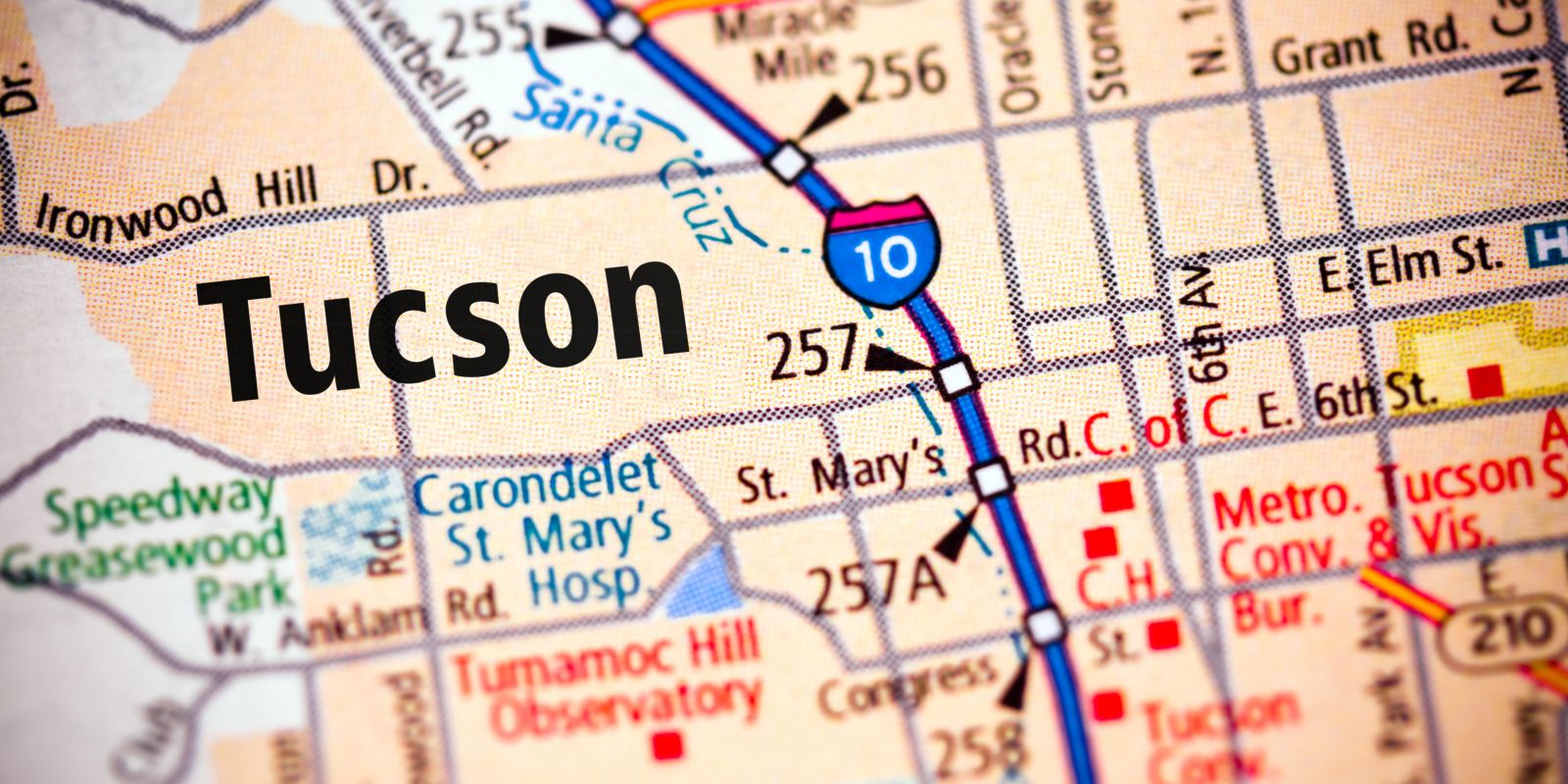The idea that Arizona is a vast, unpopulated desert region is erroneous. Since the establishment of the Spanish presidios and missions, Arizona was positioned to flourish with the urban centers of Tucson and Phoenix.

Let’s take a step back in time to Tucson in the 1950s, at which point it really couldn’t be described as booming metropolises but more so a large quant town. Picture adobe homes in Barrio Anita and Barrio El Hoyo and large Queen Annes on wide avenues in Amory Park. The streets are quiet, and there is almost always the sound of new construction echoing in the air.
Tucson’s population began to skyrocket in the 1950s, as the city benefitted from considerable financial investment in infrastructure, entertainment, education, and industry, largely contributing to the area's incredible population growth. 1951 saw Tucson with a population of just 86,000 people, and by 1960 that had already jumped to 229,000. This growth represents an astounding average annualized growth rate of over 10% for that decade, giving Tucson a solid foundation for future growth.
Tucson’s early population growth trends run in parallel with Phoenix, which also experienced a historically significant population boost during this decade. However, population growth in Phoenix and Tucson became more moderate in the following decades. By 1980, Tucson had doubled to over 450,000 residents and maintained over 2% annual growth for the next two decades, more than double the United States population growth.
As Tucson grew, so did the surrounding areas. Today, Oro Valley, Marana, Red Rock, and Vail are all thriving suburbs.
While Tucson may not be the largest city in Arizona, it has experienced consistent and strong population growth over the past seventy years. As a result, our city is no longer the quaint and quiet town it was in the 1950s but has evolved into a bustling metro area with a robust local economy.
Compared to older cities on the east coast or even San Francisco, one of the many benefits of recent population expansion is that civil engineers designed our city for vehicular access. The city is laid out in a grid, with Interstate 10 and 19 being the major networks that bring commuters into the city. As a result, the average commute time in Tucson is 22.2 minutes which is considerably shorter than the US average.
Tucson is still experiencing strong population growth compared to many other metropolitan areas and the rest of the country. And it's important to note that it's not natural population growth (i.e., the difference between deaths and births) but mostly migration. Our city and the surrounding region offer an exciting blend of lower cost of living, outdoor activities, entertainment, and business environment.
With the development of the SunLink streetcar, the Rio Nuevo District has transformed into a vibrant hub. There's excellent shopping, music events on 2nd Saturdays, food trucks, and more. In addition, the dining scene in Downtown Tucson has taken off. Expect to find nearly any cuisine and plenty of ultra-hip options.
New residents can look forward to excellent weather with over 280 sunny days a year, making the area a recreation lover’s playground.
There's no doubt that Tucson's affordable real estate and exceptional lifestyle offerings make it a popular city for relocation.

